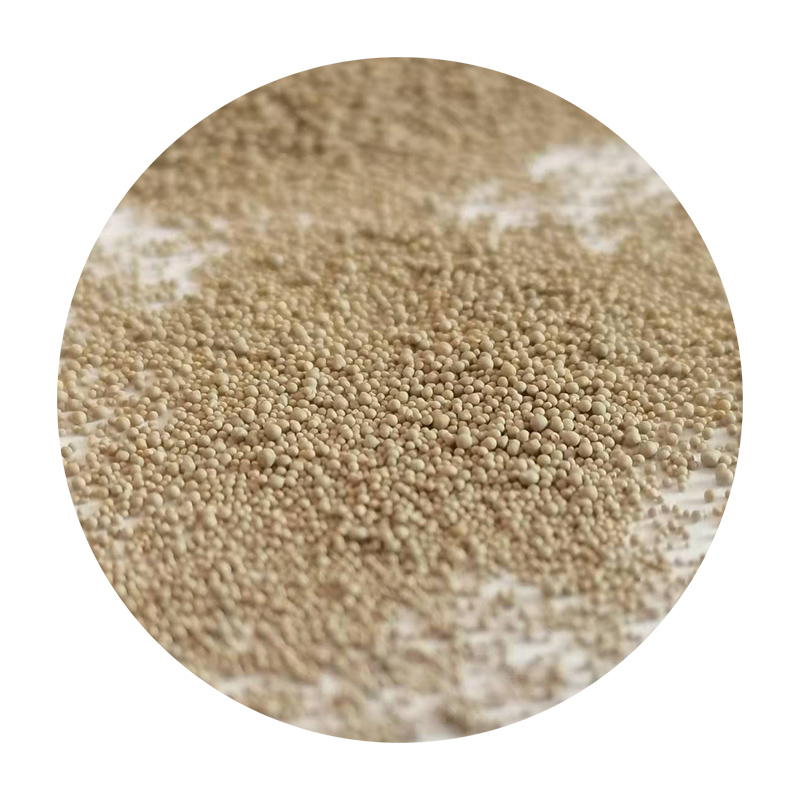The Art and Craft of Sand Casting A Timeless Manufacturing Technique
Sand casting, one of the oldest forms of metal casting, has played a pivotal role in the development of manufacturing processes. This technique has been utilized for centuries, enabling artisans and engineers alike to create intricate metal parts and components. In this article, we will explore the process of sand casting, its advantages, applications, and the reasons behind its enduring popularity in both industrial and artistic domains.
The essence of sand casting lies in its simplicity and versatility. The process begins with the creation of a mold, which is made by packing sand around a pattern that represents the desired shape of the final product. The pattern, typically crafted from materials like wood, metal, or plastic, is removed once the mold has set, leaving a cavity in the shape of the object to be cast. The sand used in this process is usually mixed with a binder to ensure that it holds its shape.
The Art and Craft of Sand Casting A Timeless Manufacturing Technique
One of the primary advantages of sand casting is its cost-effectiveness. The materials required for sand molds, such as silica sand, clay, and water, are relatively inexpensive and widely available. This makes sand casting an attractive option for both small-scale artisans and large-scale manufacturing operations. Furthermore, the process can be easily scaled up or down to accommodate various production volumes, from single prototype parts to high-volume industrial production.
sand caste

Another significant advantage of sand casting is its adaptability to a wide range of metals. Almost any metal that can be melted can be cast using this method, including aluminum, iron, bronze, and brass. This versatility allows manufacturers to tailor their products to specific requirements in terms of strength, weight, and thermal properties, making sand casting suitable for diverse industries, from automotive to aerospace.
Sand casting also boasts a relatively low environmental impact compared to some modern manufacturing methods. The sand used in the molds can often be recycled and reused multiple times, reducing waste and the need for new materials. Moreover, advances in technology and best practices have further minimized emissions and energy use in the casting process, making it a more sustainable option for modern production.
Beyond its industrial applications, sand casting has found a niche in the realm of art and sculpture. Artists have embraced this technique for its ability to create unique, one-of-a-kind pieces. The process allows for a high degree of creative freedom, enabling artists to experiment with different metals and designs. The organic, often textured finish that results from sand casting can enhance the aesthetic appeal of sculptures and decorative items, making them stand out in a crowded art world.
In conclusion, sand casting remains a relevant and widely-used method of metal fabrication that combines tradition with modern innovations. Its versatility, cost-effectiveness, and environmental sustainability make it an attractive option for both industrial and artistic applications. As technology continues to advance, sand casting is likely to evolve, incorporating new materials and processes that enhance its capabilities. Whether in the hands of skilled artisans or within the realm of mass production, sand casting represents a harmonious blend of art and engineering, embodying a timeless manufacturing technique that continues to shape our world.
Post time:ડીસેમ્બર . 25, 2024 09:07
Next:resin bonded sand casting
